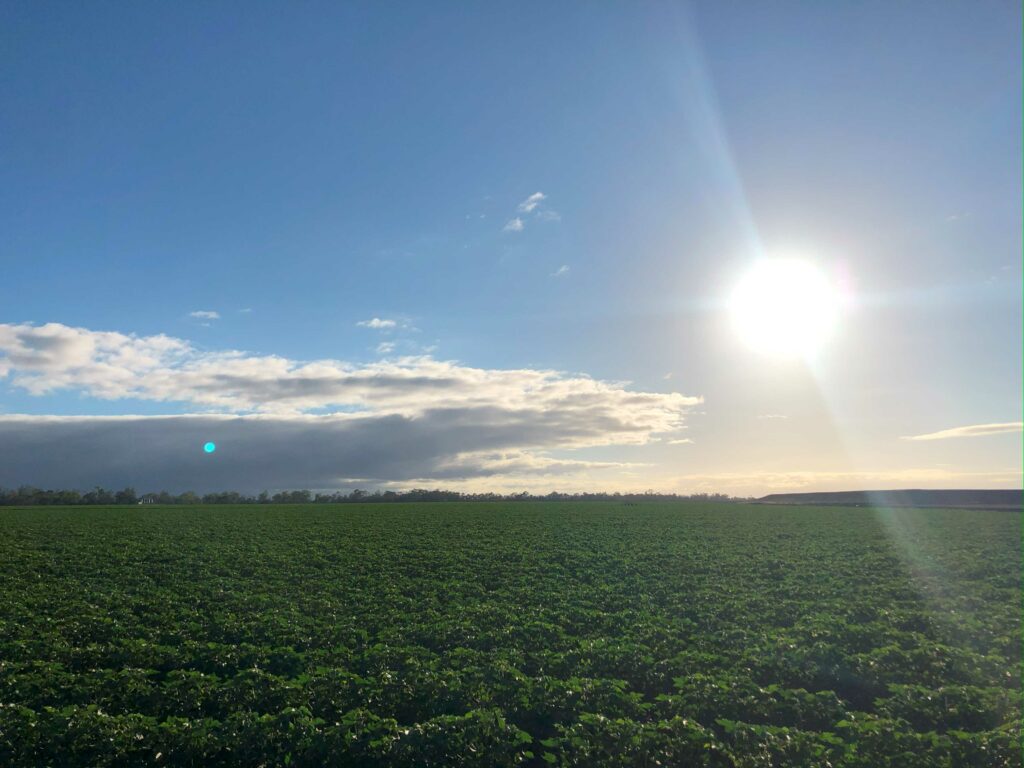
Agronomists for the Darling Downs
Why choose us for you agronomy?
We are on farm more often.
- Once the crop is in the ground, we are in each field twice a week.
- Multiple field locations are visited to perform pest, weed, nutrient and moisture observations during each visit.
We take nutrient management seriously.
- We perform tissue sampling in cotton up to four times during flowering.
- We offer soil testing and analysis
- We are able to provide recommendations for nutrition based on nutrient banking for every field.
We know moisture management.
- we have calibrated EM38's to a number of soils on the Downs so can precisely measure soil moisture content
- Irrisat is used to co-ordinate irrigation timing and efficiency
We're not afraid of innovation.
- regular use of EM38's, NDVI satelitte imagery and other technologies are used to improve decision making on farm.
Black Earth Agronomists can bring together a package of services tailored to suit your particular business needs and agronomy ambitions. Our regular presence on site allows us to develop a good understanding of each field's situation, identify services that will help you to achieve your objectives, as well as creates opportunityfor us to engage in regular and collaborative communication with the farm’s operators

Crop Scouting
Every field visited twice weekly[1].
Multiple locations are visited infield to perform pest, weed, nutrient and moisture observations during each visit.
A detailed report will be provided via email and mobile phone text after each visit.
This intensive infield engagement ensures that issues are detected rapidly and that a comprehensive picture of a crop’s risks, requirements and development are maintained during the season.

Nutrition Management
- Continual in-crop nitrogen monitoring
- Nutrition and fertiliser recommendations by a Fertcare accredited advisor for each individual field
- Soil testing by a senior agronomist (additional service)
- Soil testing results interpretation by a Fertcare accredited advisor
- Nutrient banking (additional service)
- Adjustments during the season based on field monitoring.


Pest and Weed Management
- Regular in season recommendations based on observations during the twice weekly visits.
- The regular field visits allow for a reduction in chemical use as we are more confident of the actual conditions occurring in the field.
- Integrated Pest Management practices are observed to improve long term outcomes.

Crop Managment
Intensive field monitoring allows for more accurate timing of mepiquat chloride (Pix).
